To Lose On The Energy Transition Buy Utilities

/
Income-seeking investors often compare midstream energy infrastructure with utilities. Both own long-lived infrastructure assets dedicated to delivering energy to customers. Both tend to be regarded as yield-generating investments and are subject to considerable regulatory oversight on rate-setting.
But the energy transition is impacting each sector very differently.
Midstream growth capex peaked during the shale revolution when new pipelines were being built to help exploit new sources of oil and gas released through fracking and horizontal drilling. The subsequent abundance was good for consumers but not investors. Financial discipline returned. The pandemic and the brief but sharp collapse in prices further cemented the energy sector’s focus on financing only those projects that would clearly be profitable.
Now utilities are experiencing their own boost in growth capex. They are the sector most responsible for delivering on the promise of electrification using more renewables. This means investing in shorter-lived solar and wind farms along with the high voltage transmission lines to move power to population centers. It means adding more back-up power, either batteries or natural gas, to compensate for the grid unreliability that the increasing share of intermittent power imposes. And sometimes it means phasing out coal-burning power plants before they’ve reached the end of their useful lives.
Democrat politicians have promised voters that renewables are cheaper than conventional power sources. It’s not uncommon to read that per Kilowatt Hour solar now beats natural gas. This superficial analysis usually omits the cost of back-up power, which ironically is often natural gas.
Caught between the higher cost of renewables and political promises of lower costs, grids across the US are gradually reducing their capacity buffer to deal with extreme weather events and substantial loss of power. The MISO system which runs from Minnesota to Louisiana is assessed by the North American Electricity Reliability Association as having the greatest risk of power outages.
Every grid region will experience steadily declining ability to support demand peaks. Power losses because of increased grid reliance on renewables will not sit well with consumers. At times when electricity falls short of the 100% availability that the public expects, the responsibility for explaining why will sit with utilities.
In recent years the market has been reaching the conclusion that investing in the energy transition via utilities isn’t a great bet. They face an increased need to spend to meet unrealistic expectations fueled by Democrat politicians.
There is much that can go wrong with that unappealing risk/return profile. It’s why the S&P Utilities index has returned only 3.5% pa over the past three years versus the American Energy Independence Index at 24.6% pa.
Whether it’s the S&P Global Clean Energy Index or the losses suffered by offshore wind manufacturers such as Denmark’s Orsted (see Windpower Faces A Tempest), holding equity in companies dedicated to the energy transition has left investors worse off.
Adding insult to injury, the miserable performance of utility stocks hasn’t made them cheap. Wells Fargo notes the lower EV/EBITDA and leverage of midstream versus utilities along with the higher dividend yield and growth outlook.
Midstream companies have plenty of energy transition opportunities. These include increasing global demand for US LNG along with domestic natural gas back-up for growth in renewables. Then there are substantial tax incentives to develop carbon capture and hydrogen.
But pipeline companies can make decisions to invest in such projects largely based on IRR. They don’t face any political pressure to do so.
By contrast, utilities do face political pressure to deliver the energy transition. Goldman Sachs expects their capex over the next five years to be 38% higher than the past five. Nobody is going to build a new coal-burning power plant (thank goodness) regardless of IRR. But they’ll be dependent on regulators to allow rates that justify prior investment in solar and wind. This is what’s led to the collapse of several offshore wind projects in recent months.
Several years ago, investors feared that oil and gas pipelines would be retired early as the world moved to widespread electrification and renewables. A more realistic outlook has prevailed in recent years that acknowledges the risks facing companies at the forefront of the energy transition.
Shifting the world’s economy to low or no emission energy will be costly. It may be worth it but until politicians are honest about the costs, utilities look to be in a Catch 22.
Last week the Wall Street Journal published an article (see You’ve Formed Your Opinion on EVs. Now Let Me Change It) which concluded with the incorrect statement from Bloomberg NEF that globally, “…EV adoption cut demand for oil by 1.8 million barrels in 2023… thereby avoiding 122 megatons of carbon-dioxide emissions”
This overlooks that China, the world’s biggest EV market, overwhelmingly relies on coal to produce electricity. This is sloppy analysis that’s all too common in the debate about climate change.
We have three have funds that seek to profit from this environment:

Important Disclosures
The information provided is for informational purposes only and investors should determine for themselves whether a particular service, security or product is suitable for their investment needs. The information contained herein is not complete, may not be current, is subject to change, and is subject to, and qualified in its entirety by, the more complete disclosures, risk factors and other terms that are contained in the disclosure, prospectus, and offering. Certain information herein has been obtained from third party sources and, although believed to be reliable, has not been independently verified and its accuracy or completeness cannot be guaranteed. No representation is made with respect to the accuracy, completeness or timeliness of this information. Nothing provided on this site constitutes tax advice. Individuals should seek the advice of their own tax advisor for specific information regarding tax consequences of investments. Investments in securities entail risk and are not suitable for all investors. This site is not a recommendation nor an offer to sell (or solicitation of an offer to buy) securities in the United States or in any other jurisdiction.
References to indexes and benchmarks are hypothetical illustrations of aggregate returns and do not reflect the performance of any actual investment. Investors cannot invest in an index and do not reflect the deduction of the advisor’s fees or other trading expenses. There can be no assurance that current investments will be profitable. Actual realized returns will depend on, among other factors, the value of assets and market conditions at the time of disposition, any related transaction costs, and the timing of the purchase. Indexes and benchmarks may not directly correlate or only partially relate to portfolios managed by SL Advisors as they have different underlying investments and may use different strategies or have different objectives than portfolios managed by SL Advisors (e.g. The Alerian index is a group MLP securities in the oil and gas industries. Portfolios may not include the same investments that are included in the Alerian Index. The S & P Index does not directly relate to investment strategies managed by SL Advisers.)
This site may contain forward-looking statements relating to the objectives, opportunities, and the future performance of the U.S. market generally. Forward-looking statements may be identified by the use of such words as; “believe,” “expect,” “anticipate,” “should,” “planned,” “estimated,” “potential” and other similar terms. Examples of forward-looking statements include, but are not limited to, estimates with respect to financial condition, results of operations, and success or lack of success of any particular investment strategy. All are subject to various factors, including, but not limited to general and local economic conditions, changing levels of competition within certain industries and markets, changes in interest rates, changes in legislation or regulation, and other economic, competitive, governmental, regulatory and technological factors affecting a portfolio’s operations that could cause actual results to differ materially from projected results. Such statements are forward-looking in nature and involves a number of known and unknown risks, uncertainties and other factors, and accordingly, actual results may differ materially from those reflected or contemplated in such forward-looking statements. Prospective investors are cautioned not to place undue reliance on any forward-looking statements or examples. None of SL Advisors LLC or any of its affiliates or principals nor any other individual or entity assumes any obligation to update any forward-looking statements as a result of new information, subsequent events or any other circumstances. All statements made herein speak only as of the date that they were made. r
Certain hyperlinks or referenced websites on the Site, if any, are for your convenience and forward you to third parties’ websites, which generally are recognized by their top level domain name. Any descriptions of, references to, or links to other products, publications or services does not constitute an endorsement, authorization, sponsorship by or affiliation with SL Advisors LLC with respect to any linked site or its sponsor, unless expressly stated by SL Advisors LLC. Any such information, products or sites have not necessarily been reviewed by SL Advisors LLC and are provided or maintained by third parties over whom SL Advisors LLC exercise no control. SL Advisors LLC expressly disclaim any responsibility for the content, the accuracy of the information, and/or quality of products or services provided by or advertised on these third-party sites.
All investment strategies have the potential for profit or loss. Different types of investments involve varying degrees of risk, and there can be no assurance that any specific investment will be suitable or profitable for a client’s investment portfolio.
Past performance of the American Energy Independence Index is not indicative of future returns.

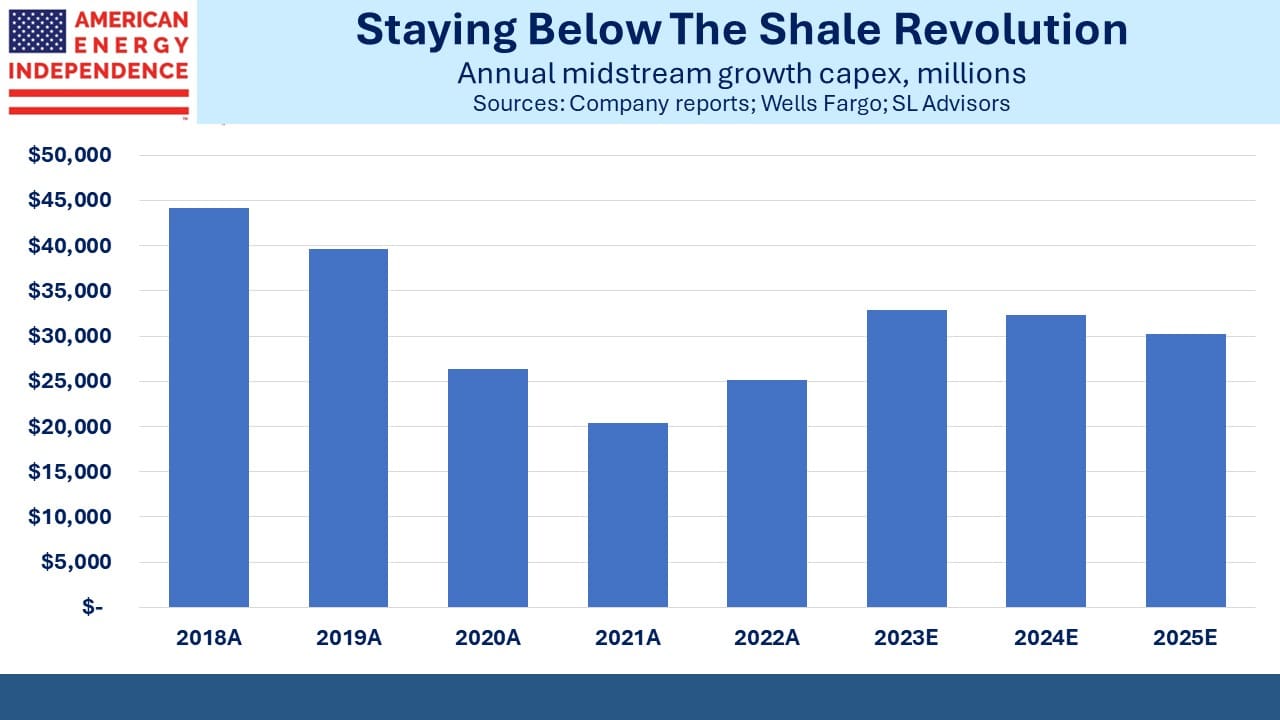
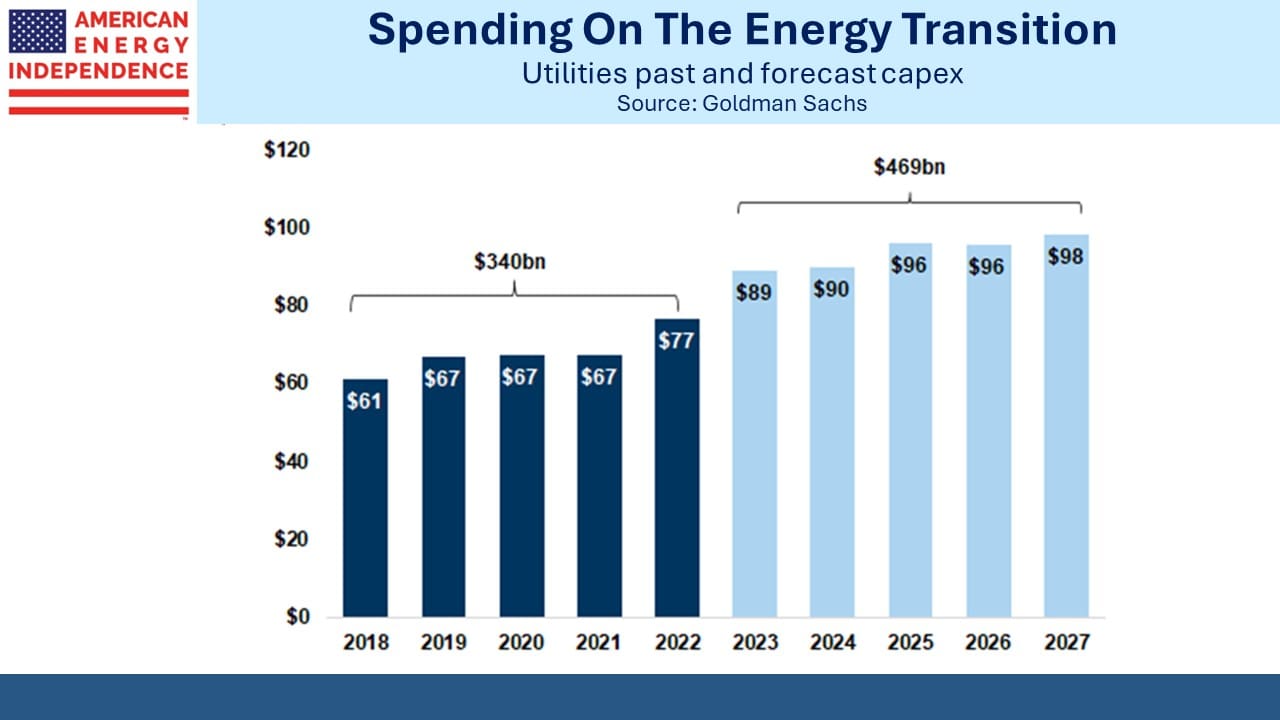
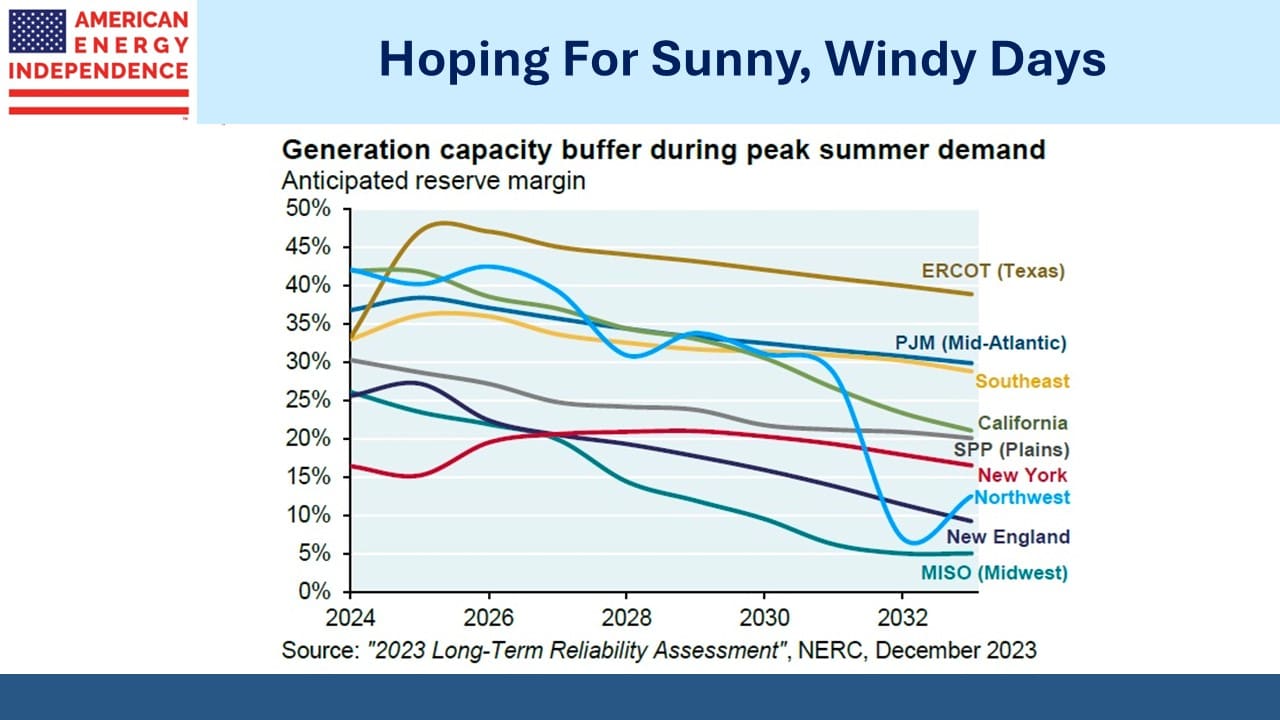
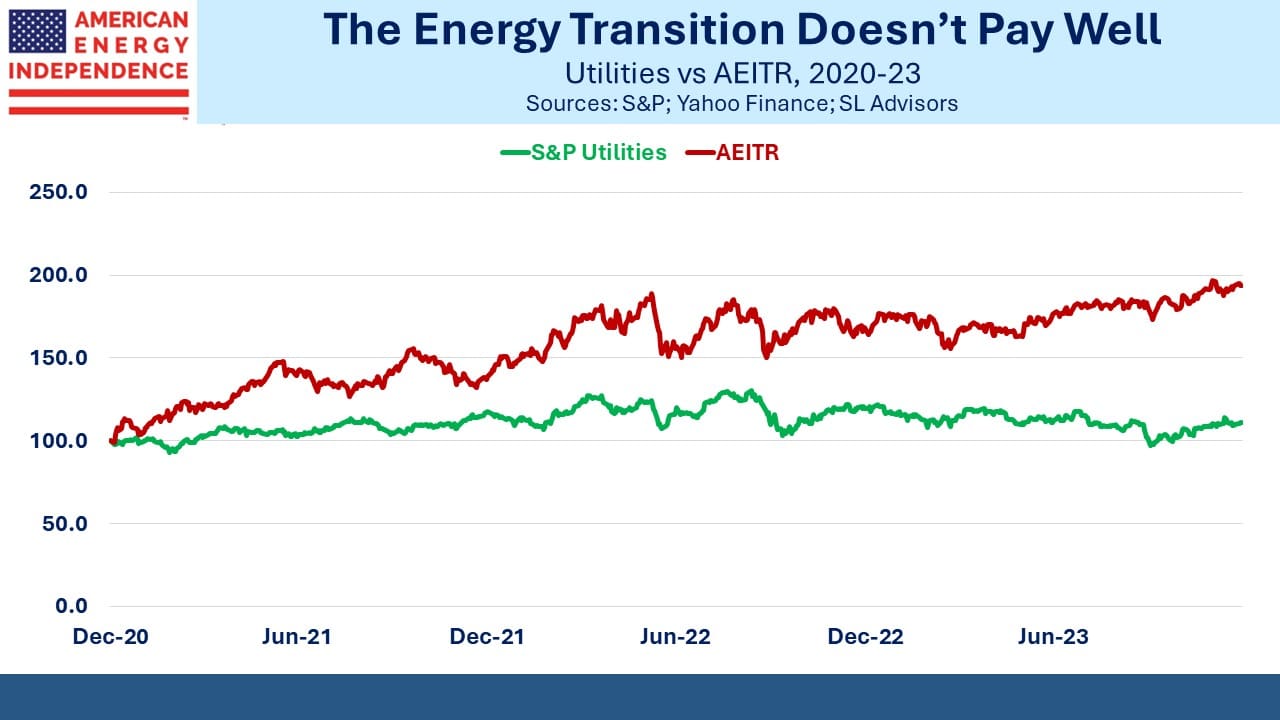
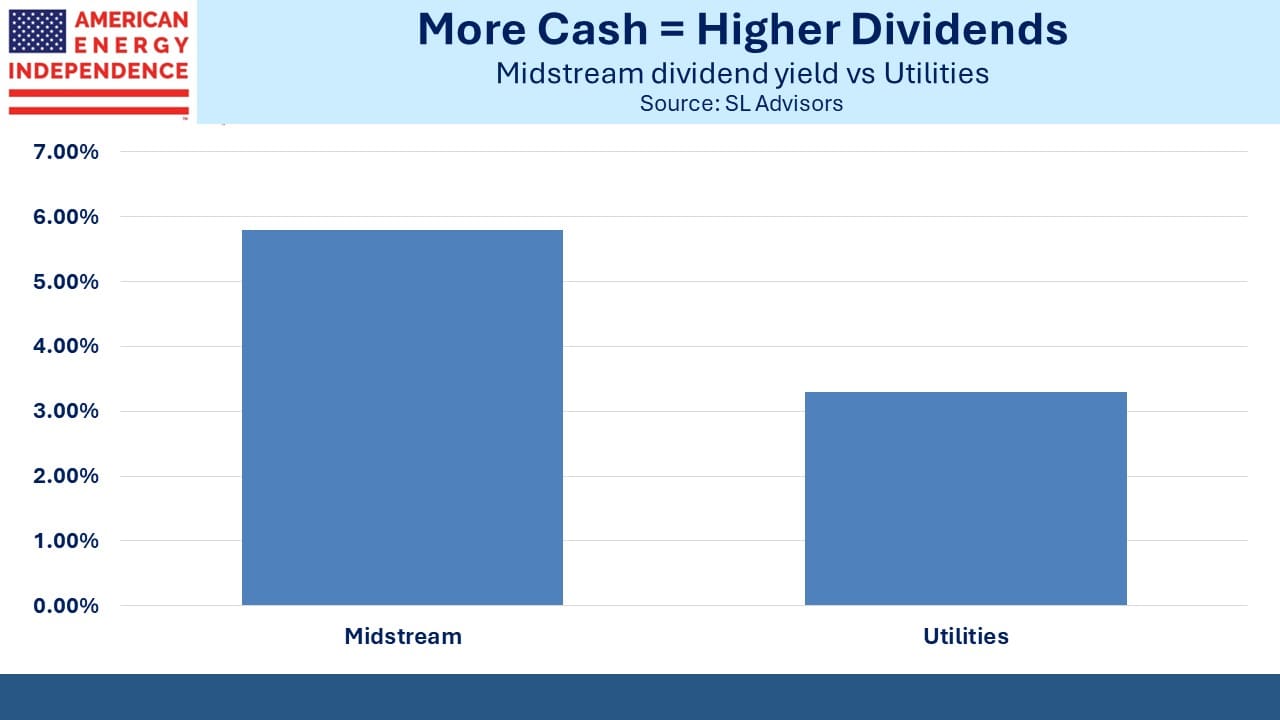
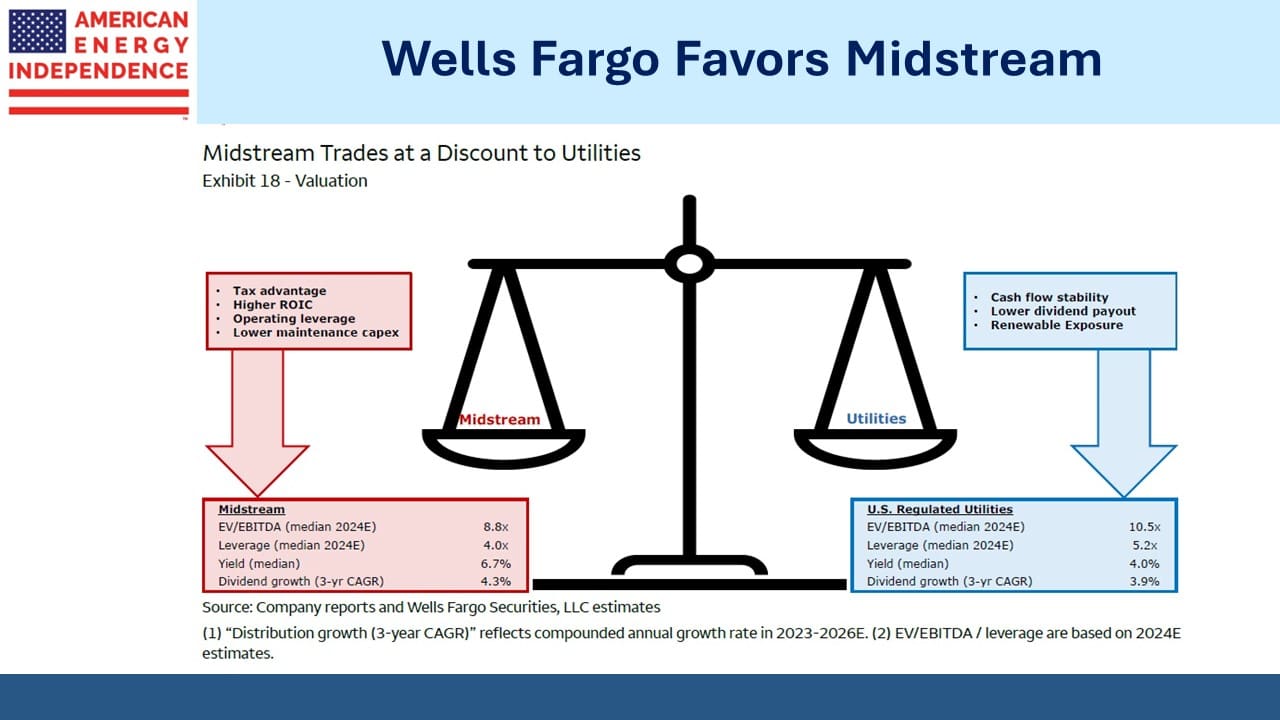


Leave a Reply
Want to join the discussion?Feel free to contribute!